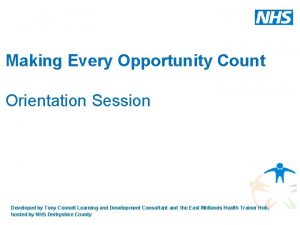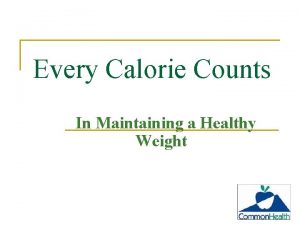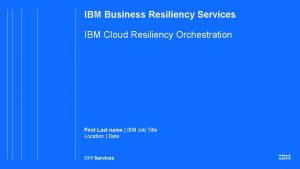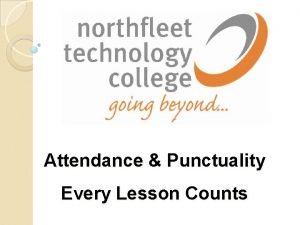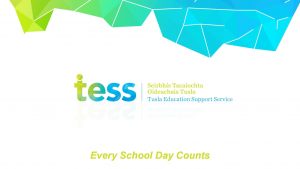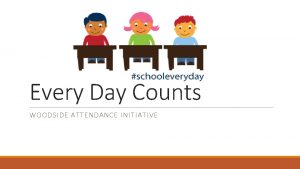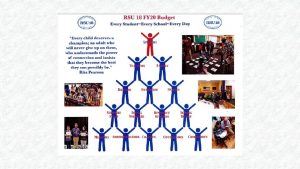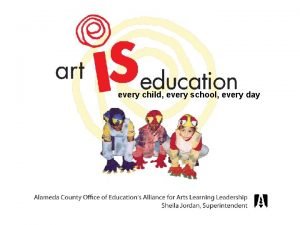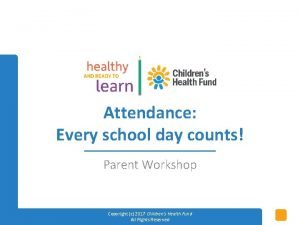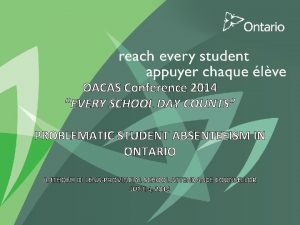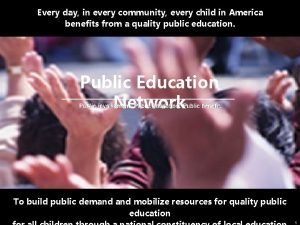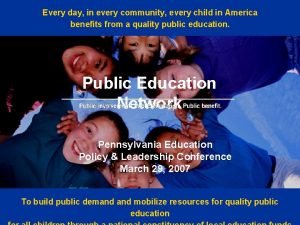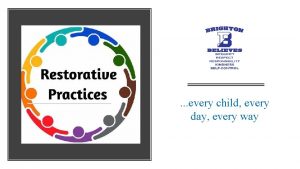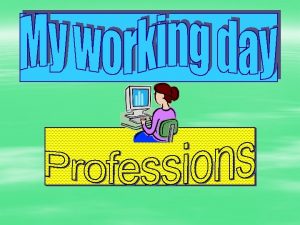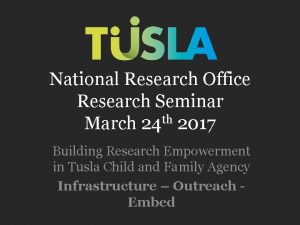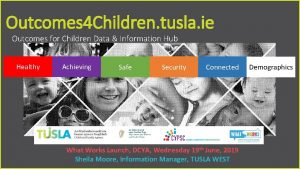Every School Day Counts Who We Are Tusla














- Slides: 14

Every School Day Counts

Who We Are Tusla Education Support Service (TESS) has three work strands: (a) The Statutory Educational Welfare Service (b) The Home School Community Liaison Scheme (c) The School Completion Programme

Educational Welfare Service (EWS) Statutory service covering all 3, 950 schools in Ireland. Currently 98 Educational Welfare Officers, 12 Senior EWO’s and 5 Regional Managers. Key Features of EWS: (a) Referral based service with c. 6, 500 referrals annually (b) Carrying a waiting list of c. 2, 500 (c)All referrals screened and prioritised so that high priority referrals get immediate attention.

Home School Community Liaison Scheme 420 HSCL Coordinators working across 531 schools. HSCL is part of the DEIS Scheme Key Features of HSCL: (a) Building a strong partnership between Home and School (b) Home visitation by the assigned teacher (c) Engaging parents in the school community and in their child’s education

School Completion Programme (SCP) 122 SCP projects working across 690 schools (mostly DEIS schools) Key Features of SCP: (a) Targets support to students most at risk of early school leaving and those students who have dropped out and are of school-going age. (b) SCP is a funded programme. (c) TESS has invested significantly in training and service improvement since 2016.

TESS numbers for 2018/2019 6, 100 Students supported by Statutory EWS 30, 000 Parents receiving one to one support from HSCL 26, 000 Students receiving targeted supports from SCP

Living in a New Reality • • • Covid-19 has challenged all of our “normal”. We all need time to adjust and this is being felt most at family level Education is dependent on families as we navigate this crisis Families differ and their ability to adjust is influenced by many factors Our education system was designed to try and level the playing field – DEIS, SCP, HSCL, Class Size, Learning Supports etc. • That is now not available – family capacity is the determining factor • Most families will adjust - our concern has to be for those students whose family isn’t in a position to support their safety, wellbeing and continuity of education. • Thus school closures are likely to impact educational inequalities

Covid-19 How has it impacted Irish Education? • Schools were not ready for closure on March • Very few schools had contingency plans in place. Had schools been given some notice then better preparations could have been made. • Initially we all hoped that this would be a short closure and would have minimal impact. • Responses have had to be adapted as we receive new guidance • We are all challenged to work in areas that may not be our key responsibility. In general the response has been really impressive with schools/teachers finding workable solutions. • Our ability to adapt varies and this has been a particular challenge for teachers – very dependent on their ICT skills and confidence. • We have no certainty re. Leaving Cert. and when schools may reopen. th 13

Policy Responses • At policy level Government Departments, State Bodies and Education Partners have come together to respond • Existing bureaucratic approaches are been set aside to enable quick decisions. • There is evidence of a cautious willingness to step outside normal policy and practice approaches to find solutions. • An example has been the School Meals Scheme – 3 Government Departments, 2 State Agencies and 1, 500 Schools have worked together to deliver a rapid solution. • DES has issued and will issue further guidance in relation to continuity of education for both schools and parents. This guidance had to be generated post school closures. • We are all challenged to work in areas that are not our primary responsibility and schools are no different.

What has the TUSLA Response been? • In Tusla as the State Organisation responsible for child protection and child welfare we have to prioritise the services we need to maintain in a worst case scenario. • Tusla priorities are Children in Care (6, 000); Child Protection and Welfare; Domestic Violence • This now has to be achieved working remotely which is challenging as the basis of working with vulnerable people is the ability to build relationships. • Scenario planning has been done so that we can quickly move to an appropriate response as the situation evolves. • I believe that a similar approach is needed in education so that schools and the system can respond to whatever the new reality is in the coming months.

TESS Responses • From a TESS perspective like everybody else we are adjusting to our new reality • TESS like others has encouraged innovation and permitted the use of available budget to provide supports to students that need them. • The focus has been on the most vulnerable students and families • Our three strands have targeted resources to the most vulnerable students and families. • Within our service many staff don’t have the appropriate technology to work effectively from home which is challenging. • The willingness of individual staff members to respond has been impressive.

Positives & Negatives & Challenges • Having IT connectivity and devices has opened all kinds of possibilities that didn’t exist previously (might be a positive where we often worry about students spending too much time on gadgets!) • We have to radically look at how we see teaching and learning in future. • Negatives related to lack of access to IT equipment, lack of broadband in some areas/families, lack of investment in ICT in both primary and postprimary. Third Level was able to move rapidly! • Inconsistency in how schools are responding – lack of a coordinated response within schools • Need to make specific provisions to meet the needs of at risk groups i. e. SEN, vulnerable families – consider limited opening of schools.

Positives & Negatives & Challenges • Key concern is the risk of negative outcomes –increased school dropout, non-completion of state exams, long term impacts on educational outcomes for most vulnerable students, • Likely positive outcomes – if we learn from this crisis then the education system should be more ready for such situations in future, educational reform can be informed by what we learn from the Covid-19 response. • Ultimately we all need to accept that our education system is there to meet the needs of all our students and we as policy makers and practitioners need to embrace new ways to achieve this.

Thanks! STAY SAFE
 Insidan region jh
Insidan region jh Every day counts calendar math
Every day counts calendar math Day 1 day 2 day 3 day 4
Day 1 day 2 day 3 day 4 Every child every day
Every child every day Make every opportunity count
Make every opportunity count Make every opportunity count
Make every opportunity count Every calorie counts
Every calorie counts Ibm cloud resiliency
Ibm cloud resiliency Every lesson counts
Every lesson counts Day 1 day 2 day 817
Day 1 day 2 day 817 Present simple past simple future simple
Present simple past simple future simple Every nation and every country has
Every nation and every country has Microsoft mission and vision
Microsoft mission and vision Every knee shall bow every tongue confess
Every knee shall bow every tongue confess Every rotarian every year
Every rotarian every year




